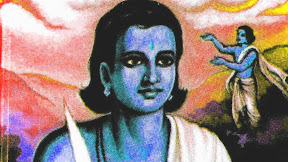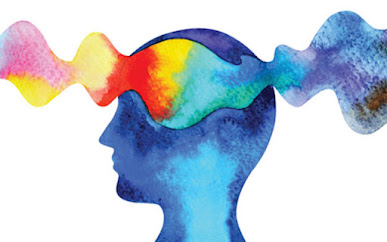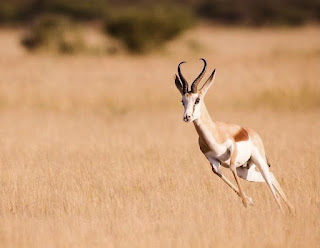The Role of Rupture in Derrida's Philosophy of Time

In his philosophy, Jean-François Derrida often emphasized the concept of rupture, which refers to a break or discontinuity in a given system or structure. This concept can be understood in relation to Derrida's philosophy of time, which challenges the traditional notion of linear, teleological time. According to Derrida, the traditional view of time as a linear progression from the past to the future is problematic because it relies on the assumption of a fixed, stable present. This assumption is problematic because it assumes that the present can be apprehended as a self-contained, discrete moment, separate from the past and the future. However, Derrida argued that this view of time is fundamentally flawed because it ignores the fact that the present is always already conditioned by the past and is constantly being transformed by the future. In other words, the present is always already in a state of flux and is never truly stable or self-contained. Therefore, Derrida's philos...




